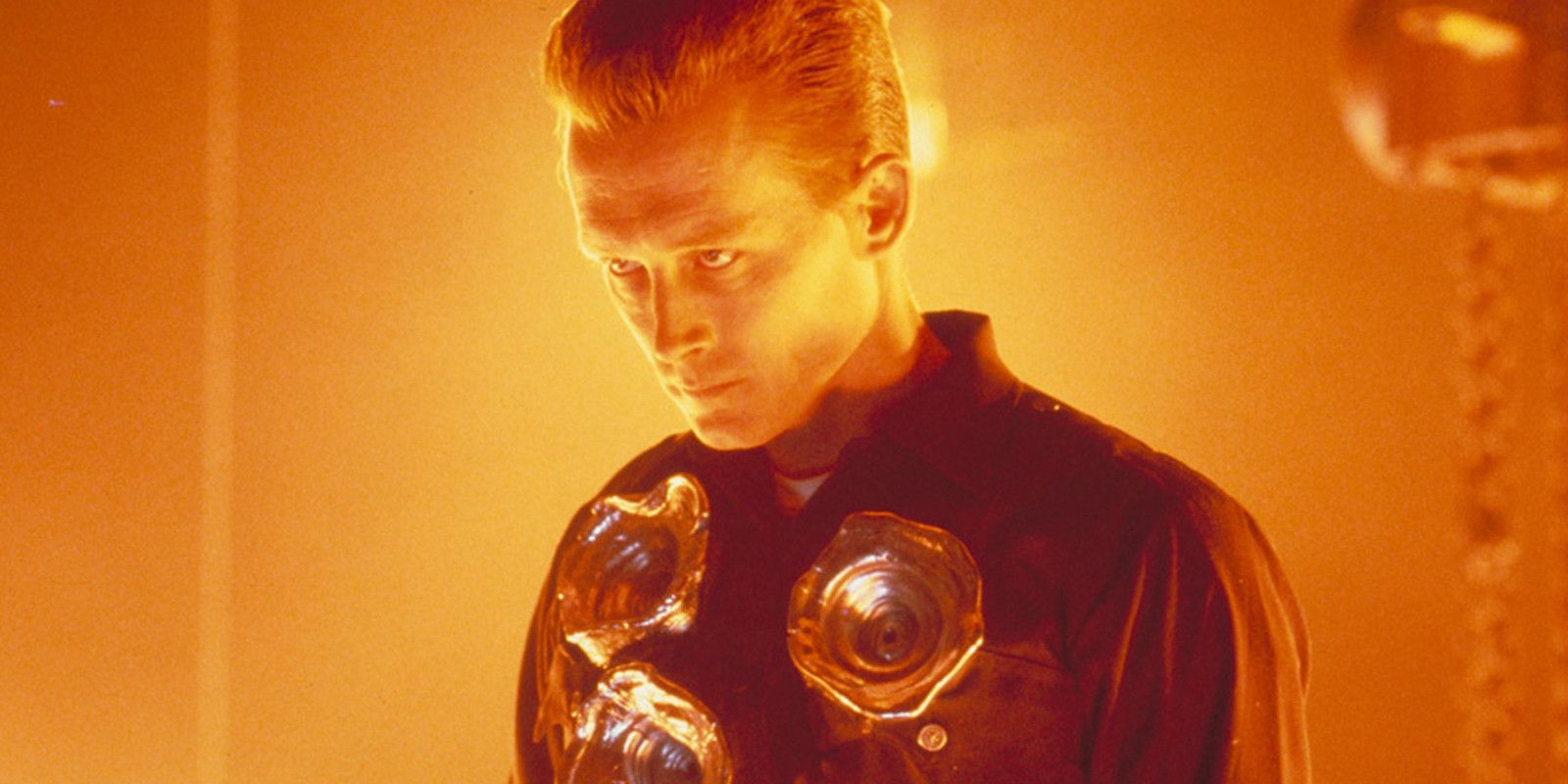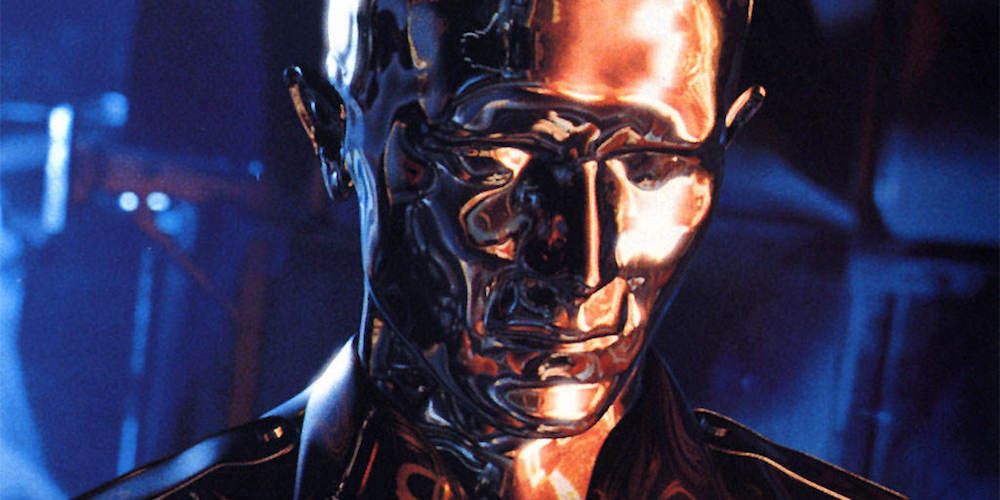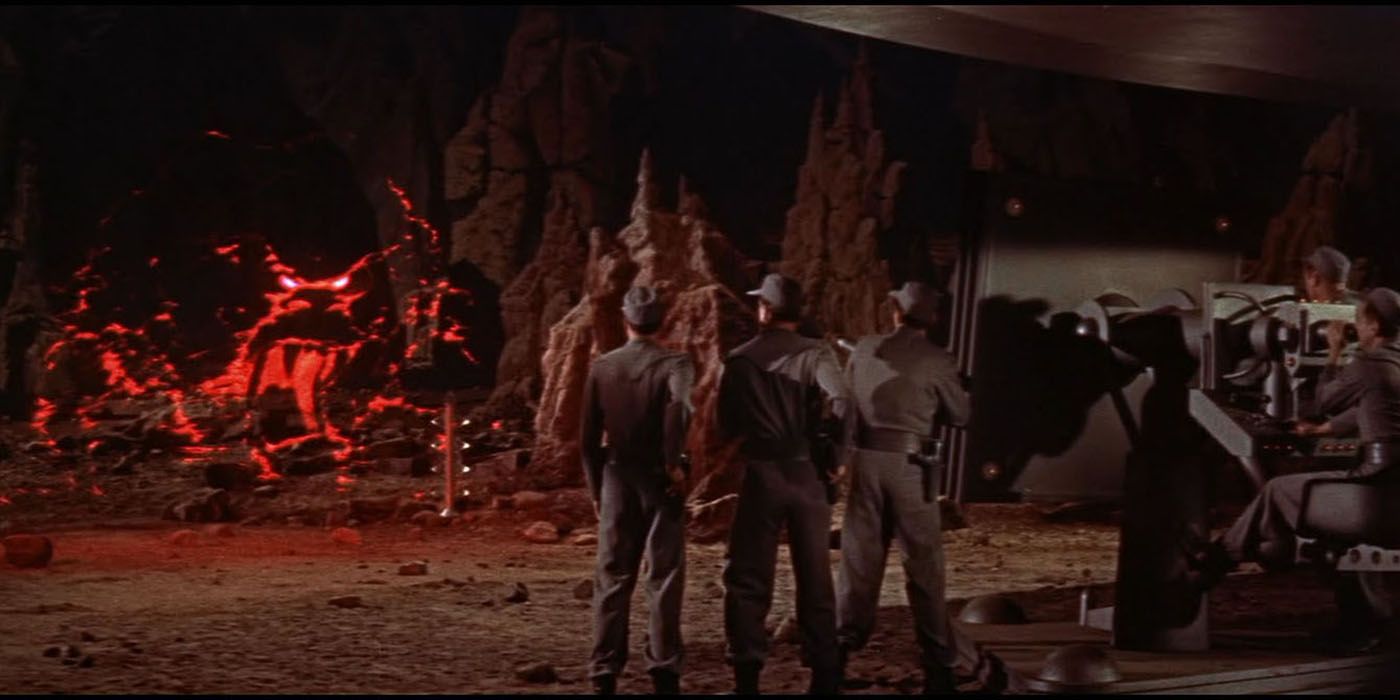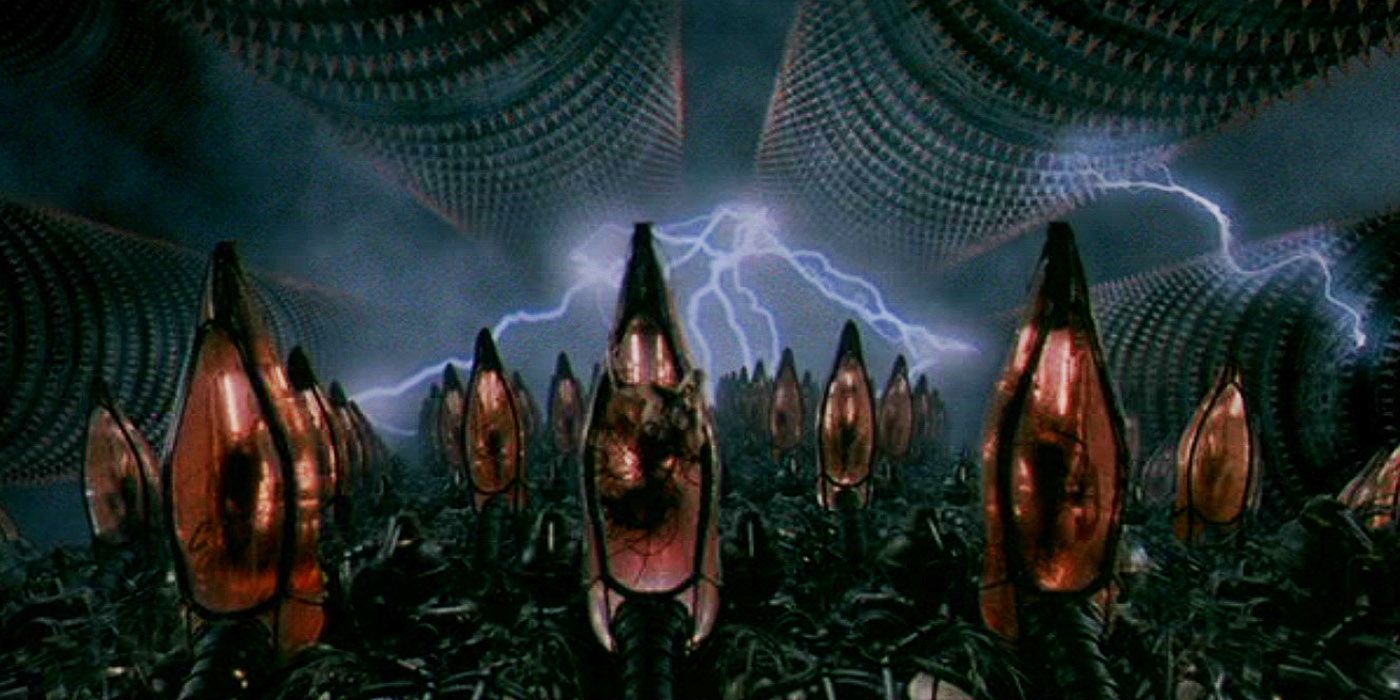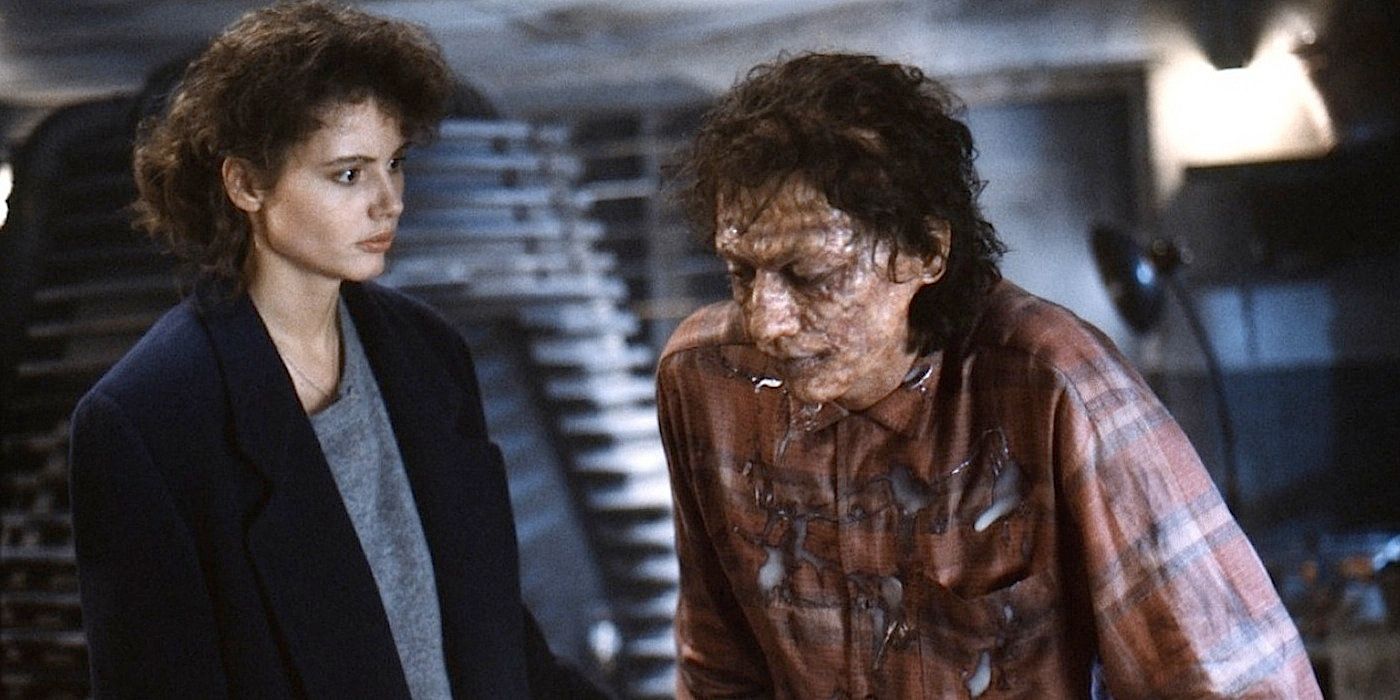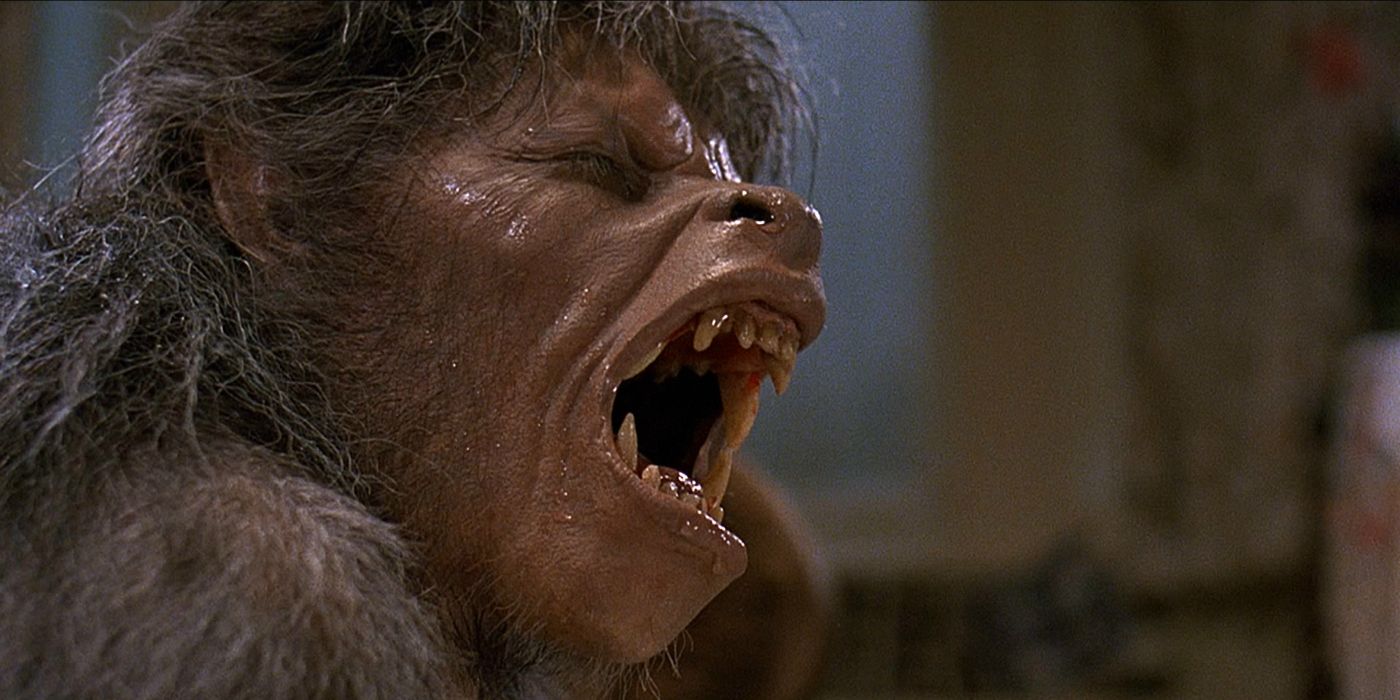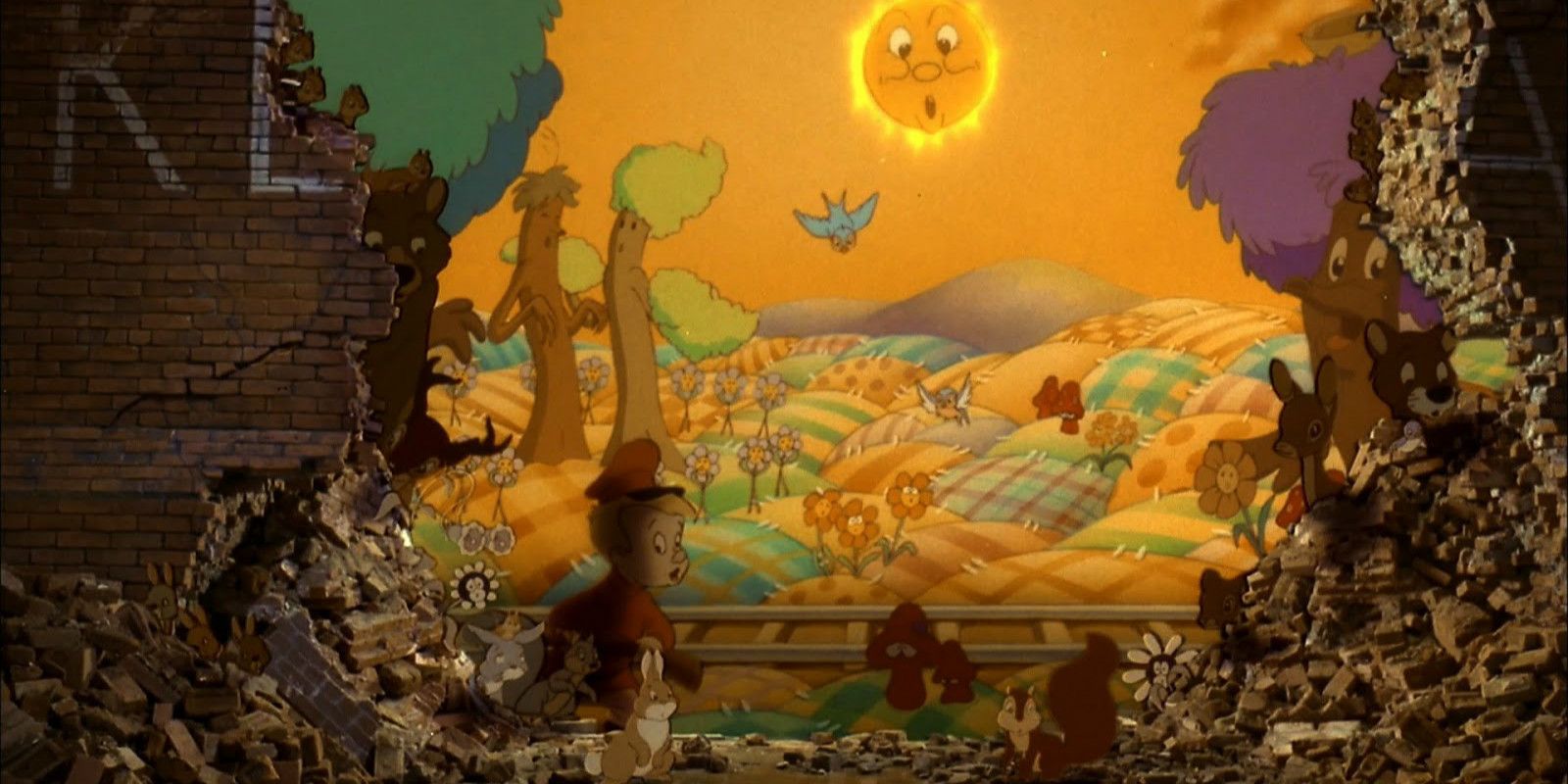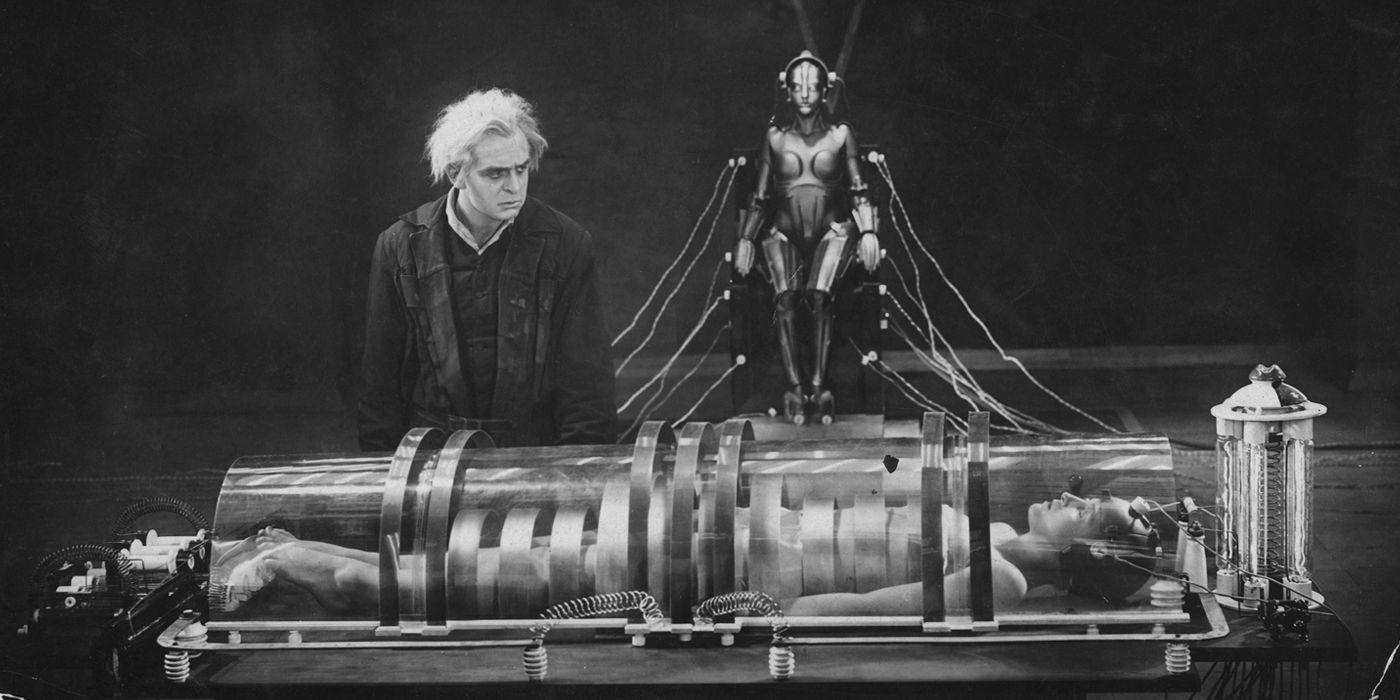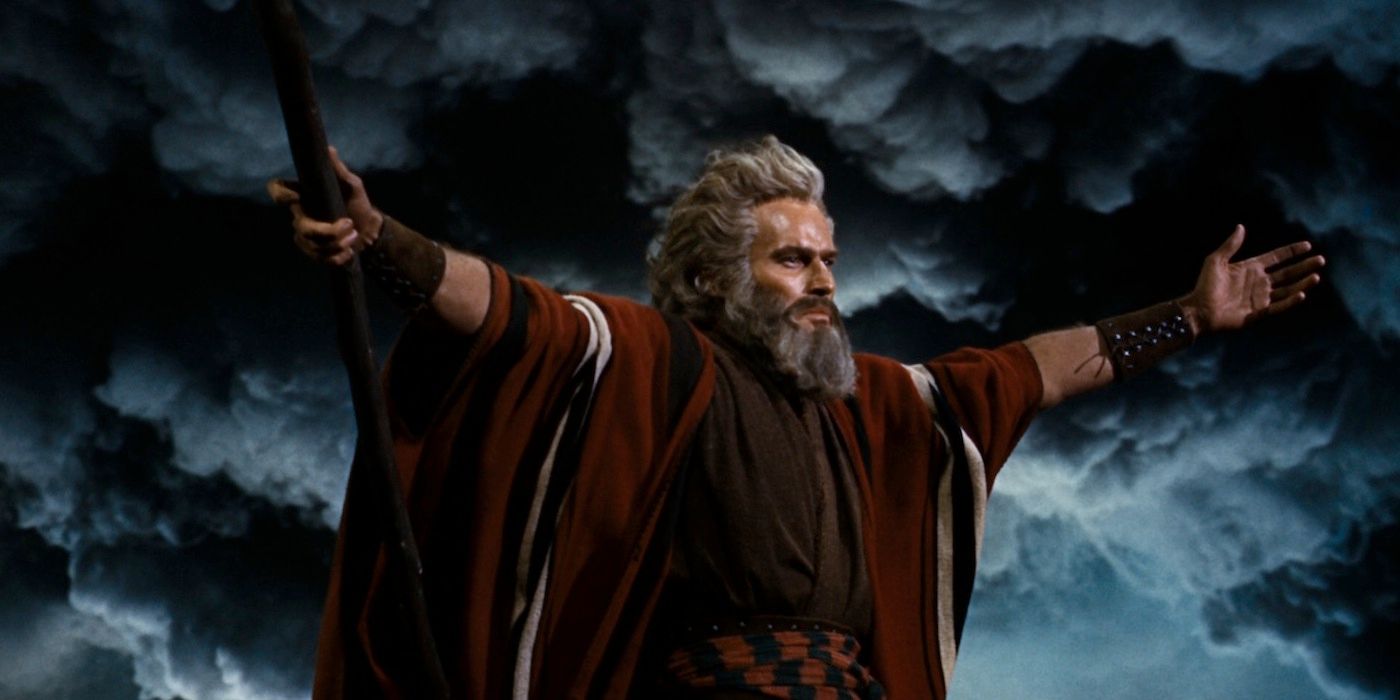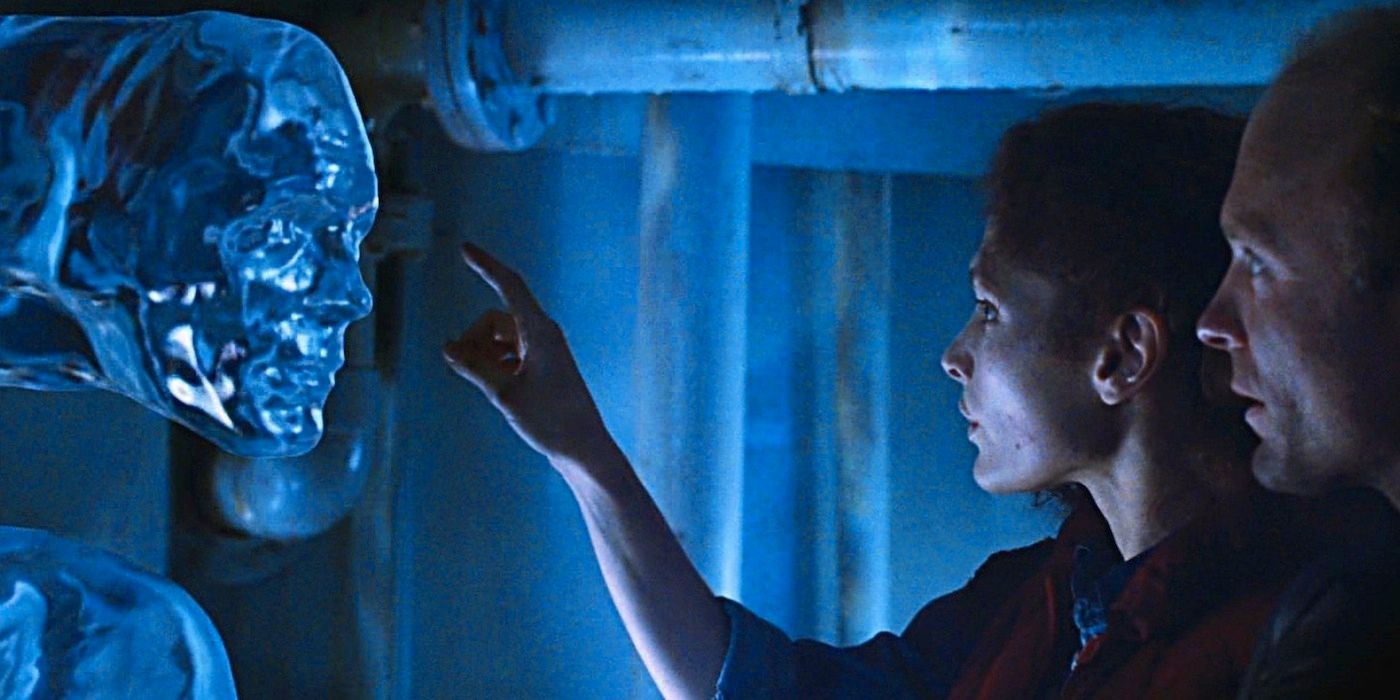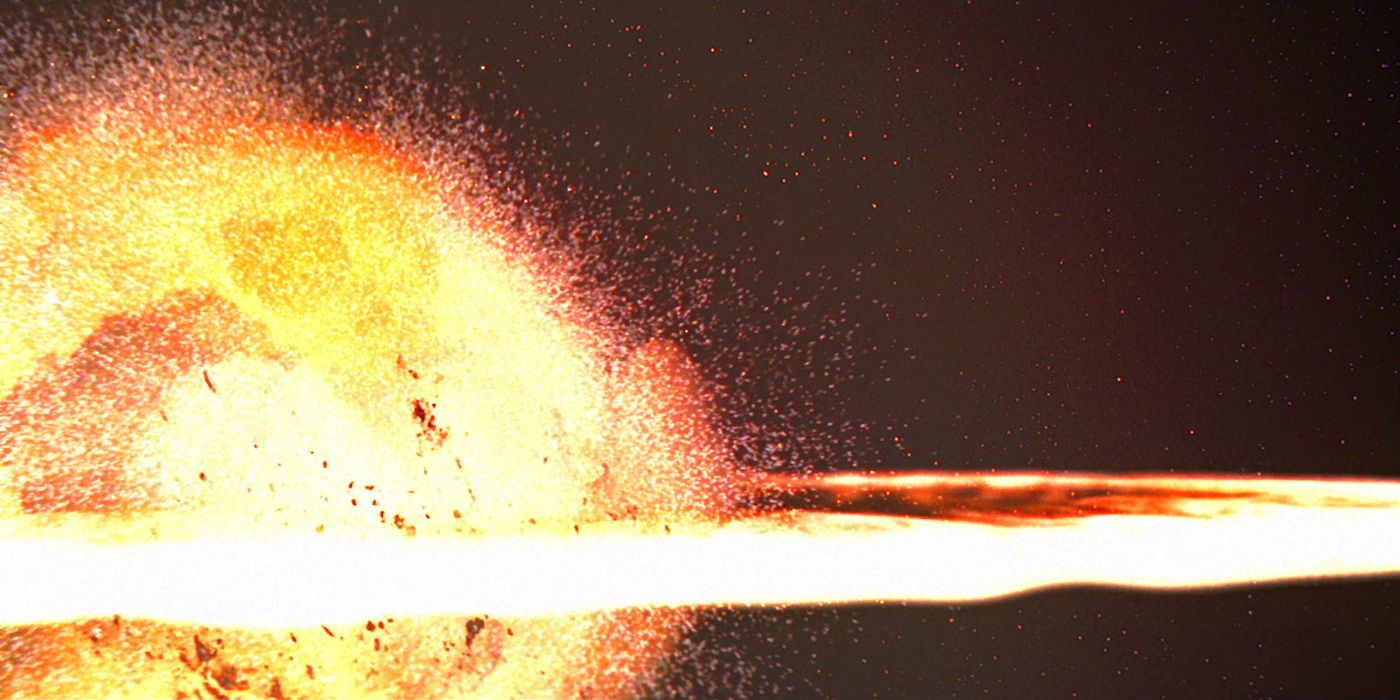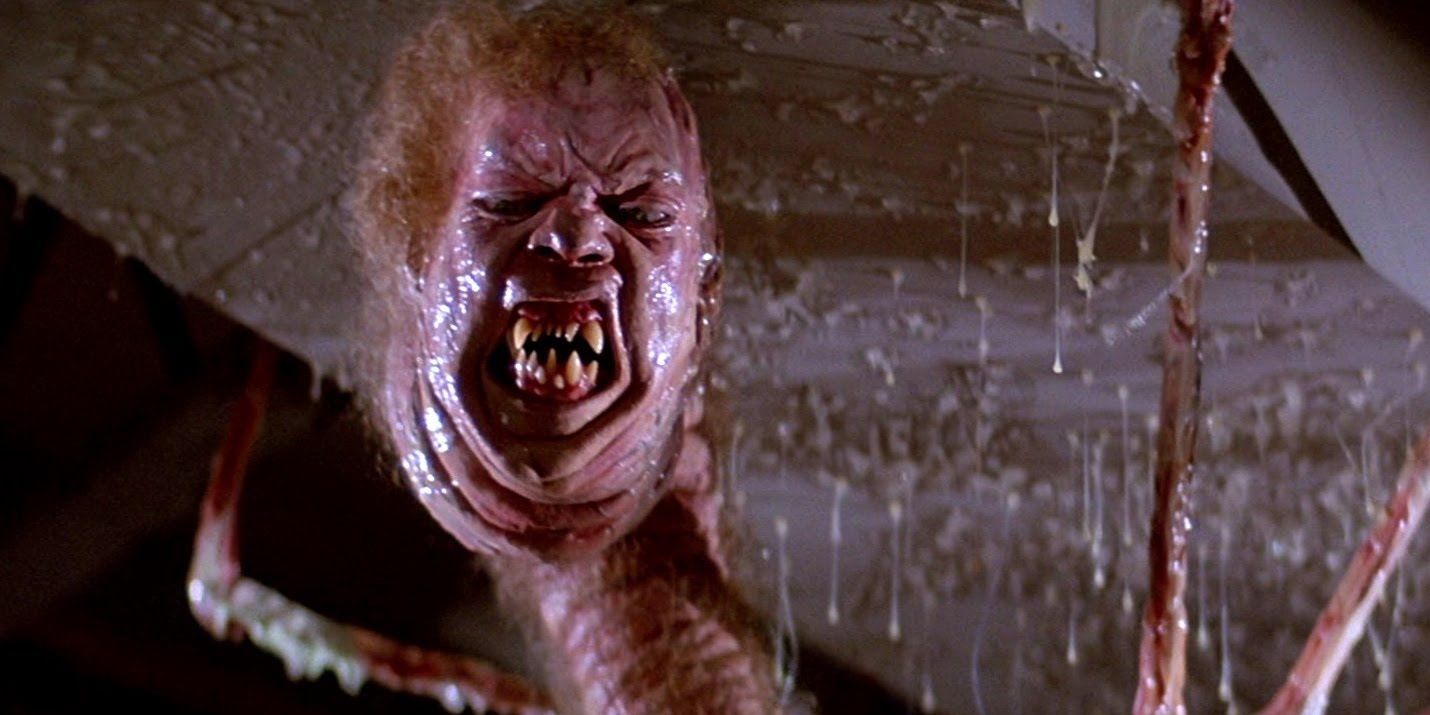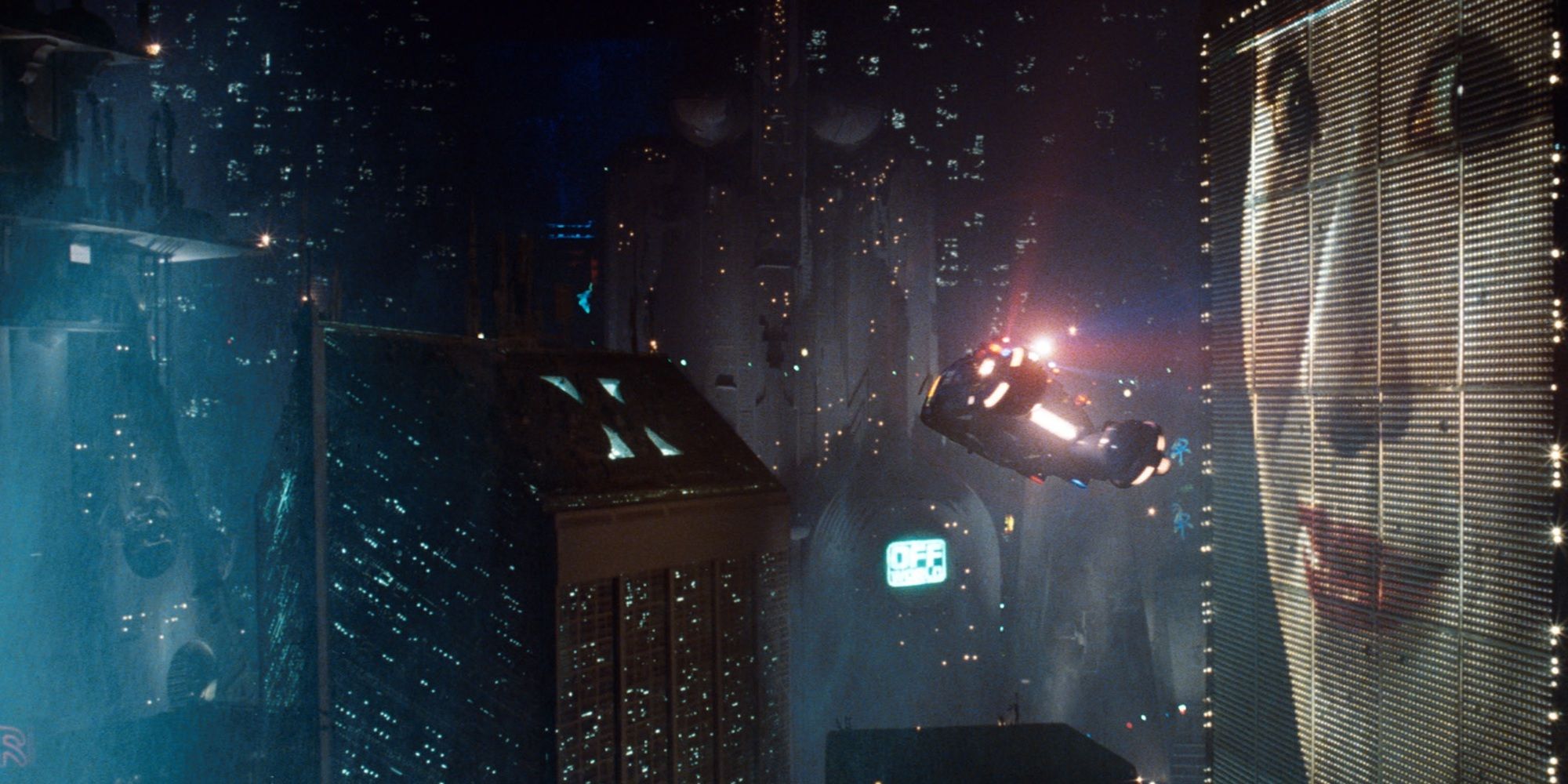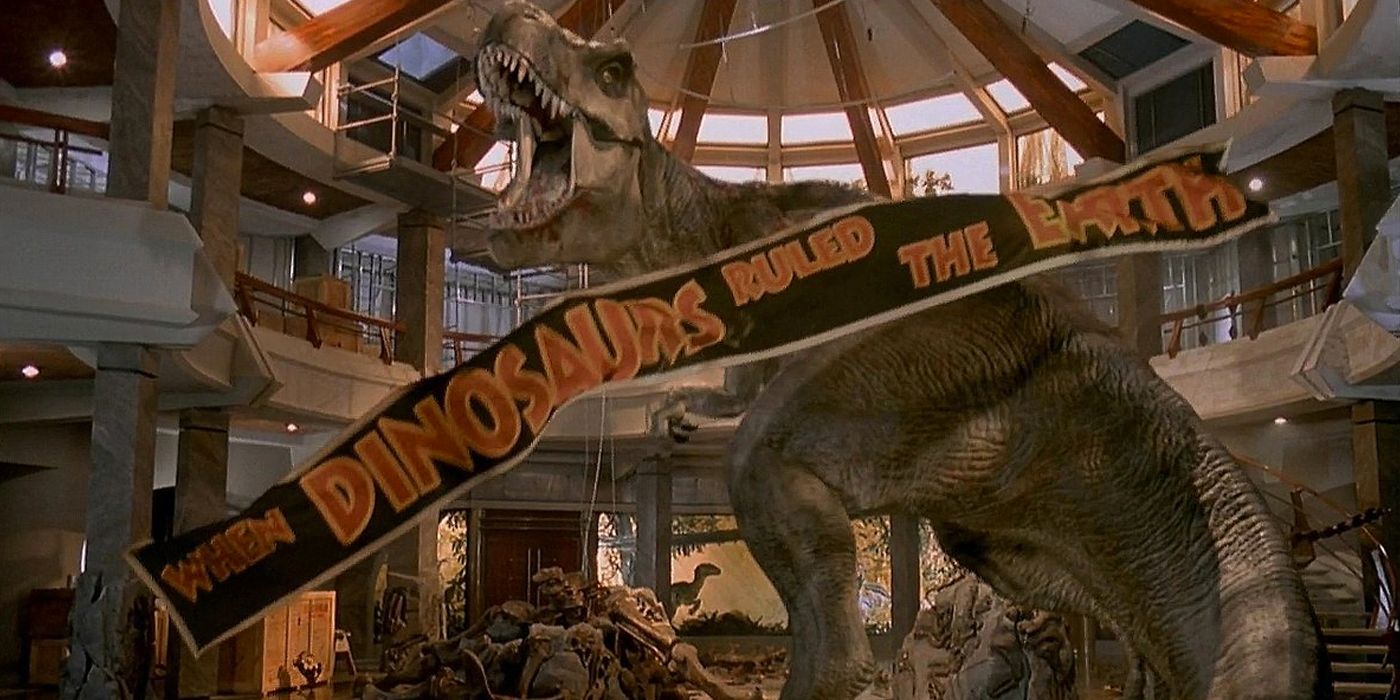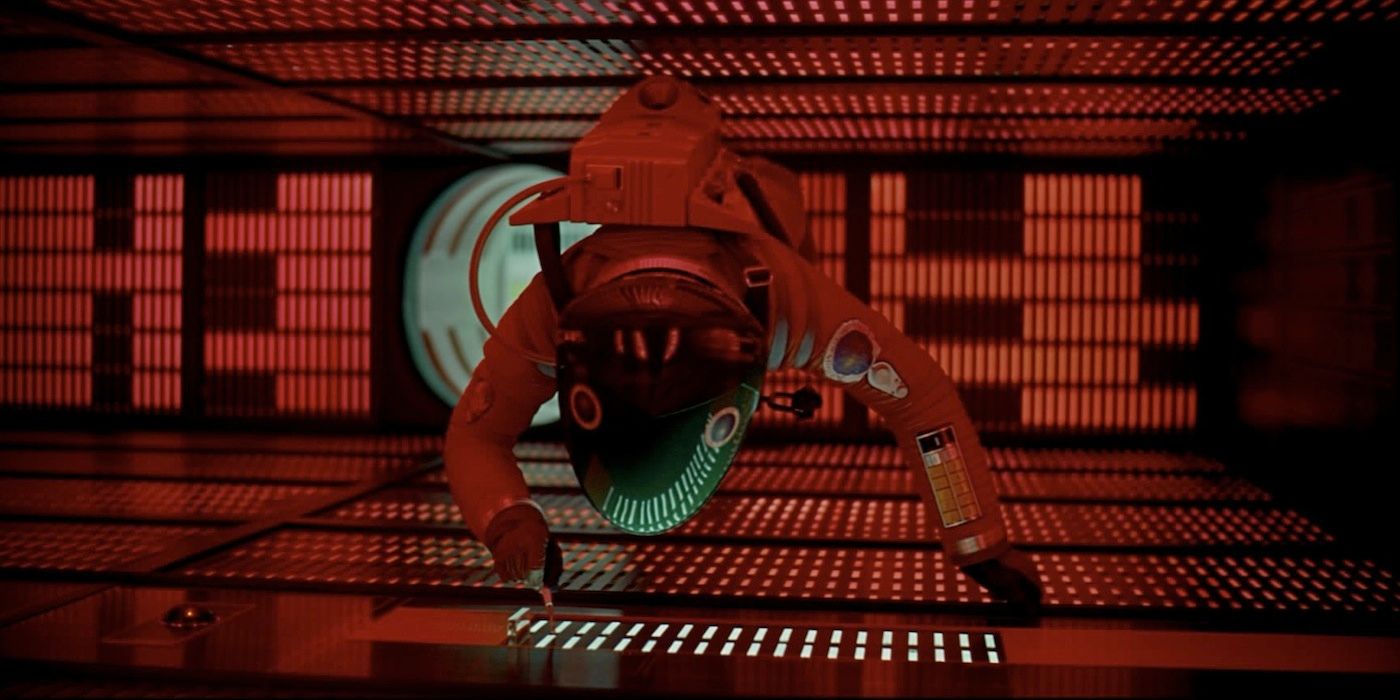Movie special effects are a curious creation. Since the early days of film, nothing made a film seem more modern - even futuristic - than top of the line special effects. However, as technology and techniques have evolved, the opposite has proven true. Nothing ages a movie worse than bad special effects. Whereas these effects once leapt from the screen and pulled audiences into the adventure by helping them believe the impossible was right in front of them, those same effects can pull modern audiences out of a film and force them to realize that they are viewing something that is woefully past its time.
That’s not always the case, though. On rare occasions, a film’s special effects don’t suffer through the ravages of time. Quite the opposite, in fact. Sometimes, a movie’s effects are so impressive that they actually remain relevant years later. Granted, they benefit from context. It’s easy to appreciate how great these films look for their era. The best movie effects require no such consideration. They not only stand tall when compared to their chronological contemporaries; they even manage to leave modern viewers asking “How did they do that?” just as audiences once did when these visual masterpieces were first released.
We're setting the cut-off date at the turn of the century as we take a look at 15 Incredible Movie Special Effects That Still Hold Up Today.
15. Forbidden Planet
Forbidden Planet is one of the oldest movies on this list and perhaps one of the most controversial. Few people who have followed the evolution of the sci-fi film genre will ever deny Forbidden Planet it’s rightful spot as one of the most influential movies of its kind. This 1956 film practically pioneered the concept of a group of highly-trained humans exploring the furthest reaches of space in their faster than light spaceship. It was also arguably the most ambitious film of its era from a special effects standpoint.
Do the visuals in Forbidden Planet sometimes look a little dated? Absolutely. What do you expect from a 60-year-old movie? However, it’s hard not to be impressed by the quality of the effects in Forbidden Planet when you consider just how many of techniques and genre conventions it pioneered. Forbidden Planet’s use of matte paintings, camera tricks, animatronics, and basic CG-like effects lends the film an almost timeless quality that helps it stand out even when weighed against modern blockbusters.
14. The Matrix
We move from one of the oldest movies on this list to the most recent outing. The Matrix is “only” 18 years old, which makes you wonder whether or not there’s really any reason its effects shouldn’t hold up today. Then, you look at other CG-heavy movies from this era and remember just why it was that everyone walked away from The Matrix talking about what a visual wonder it was.
While the scene-stealing sequences involving Neo dodging and stopping bullets are typically cited as the movie’s landmark CG moments, the really impressive thing about The Matrix’s overall visual design is how restrained it is. Granted, a chosen one warrior doing cartwheels during gunfights is inherently ridiculous, but the Wachowskis made sure that they didn’t overextend their reach in terms of conveying a fictional film world literally built with technology. There is an intentional rawness to some of the movie’s effects which have helped ensure that the film’s effects still feel functional today. Of course, other scenes like Neo’s awakening in the “real world” are simply stunning.
13. The Fly
Sometimes, it’s hard to remember that the 1986 version of The Fly is a remake. David Cronenberg took the took the story of a man who turns himself into a fly through an experiment gone wrong and made it his own. He identified the potential that story had to become a body horror masterpiece that forces the audience to watch in terror as a man slowly degenerates into a monster.
Of course, Cronenberg’s take on The Fly wouldn’t have worked at all if the film’s special effects weren’t as good as they are. There was a brief period in the mid-2000s when Hollywood became obsessed with “Torture Porn” horror films that aimed to show the most horrific scenes special effects of the era could muster. During that time, few directors ever accomplished what Cronenberg accomplished here. Few viewers are immune to the sight of Seth Brundle slowly disintegrating throughout the course of the movie. To this day, special effects artist look to The Fly in order to understand how effective practical effects can be. The rumored remake (yep, another one) has a high bar to clear, indeed.
12. An American Werewolf in London
An American Werewolf in London is similar to The Fly in that both movies are infamous for their portrayal of seemingly average people becoming unimaginable monsters. American Werewolf finds itself slightly higher on this list for two simple reasons: it’s older than The Fly, and its particular portrayal of a transformation was so groundbreaking that it still hasn't been topped in the 36 years since its release.
You could say that we’ve seen men transform into werewolves since the Universal monster days, but that’s not entirely accurate. Most early movies featuring werewolves utilized cutaways or sped up sequences designed to hide the full transformation process. John Landis hides nothing in American Werewolf. The legendary transformation scene in this film features our young hero slowly turning into a wolf in a way that looks way too convincing to possibly be amusing. It must have been as agonizing for the film’s special effects team to use a combination of animatronics and simple trick photography to portray such an incredible concept in a terrifyingly realistic way.
11. Alien
Compared to other sci-fi movies of its era - we’re looking at you Star Wars - Alien is a remarkably subdued film. Most of the movie takes place in claustrophobic environments, and the few exterior scenes in the film are usually shrouded in mist and darkness. It’s not the kind of large-scale movie you think of when you think of the most notable examples of sci-fi special effects. What makes Alien stand out all these years later is the care that went into the film's few examples of spectacular effects.
Much of the credit for Alien's design brilliance must go to the great H.R. Giger, whose twisted mind envisioned an oddly sexual form of Alien life that invades its hosts and uses them as incubators. However, Geiger’s vision would have been all for naught were it not for the practical effect contributions of Carlo Rambaldi and the rest of the effects crew. When an alien bursts out of a man’s chest, you’re left with no reason to suspend your disbelief. When that alien later terrorizes the rest of the crew, its oddly realistic movements inspire a sense of nearby dread.
10. Who Framed Roger Rabbit
Who Framed Roger Rabbit was not the first film to feature a mix of live-action and animated characters. That technique had been around for years. Sometimes, though, it’s not about who does it first; it’s about who does it best. Even though Who Framed Roger Rabbit was released almost 30 years ago, it is still considered by many to be the most spectacular example of the live-action/animation combination technique ever committed to film.
The movie’s effects team spent fourteen months agonizing over every frame in the film to ensure that the visuals were perfect. Without the aid of computer animation, they were forced to essentially perfect existing optical compositing methods while inventing new ways to animate characters so that they didn’t contrast more than necessary with their live-action counterparts. The techniques used to make this incredible vision come to life could fill a book but, as the saying goes, it really is all up there on the screen. Who Framed Roger Rabbit seamlessly integrates two drastically different visual concepts in a way that is enchantingly believable.
9. Metropolis
As the oldest film on this list, Metropolis is at both an advantage and a disadvantage. The disadvantage of the movie’s age is, of course, just how far special effects have come since the film was released nearly a century ago in 1927. The one advantage the film’s age does lend it is lowered expectations. Modern audiences don’t go into a movie made before the Great Depression expecting to be blown away by its visuals. Yet, that is exactly what Metropolis accomplishes time and time again.
Metropolis basically wrote the book in terms of filming using miniatures. During the shooting of the film, effects engineer Eugen Schüfftan pioneered what would later be known as the Schüfftan process: a technique involving mirrors that allows a director to accurately portray miniatures to scale with actors. The process was so revolutionary that it would go on to be used in films as modern as Lord of the Rings: The Return of the King. At the time, though, audiences couldn’t quite comprehend how director Fritz Lang and crew had seemingly created an entirely new world.
8. The Ten Commandments
In the '50s and '60s, studios engaged in a kind of arms race over who could produce the most spectacular biblical epic. It was a movement inspired, in part, by the success of The Ten Commandments. Ten Commandments was by far the most expensive movie ever made at the time of its release (it cost about $116 million in modern financial figures) and was considered to be a boom or bust prospect for Paramount Pictures. For the film to work, it needed to show audiences something they simply had never seen before. Fortunately for everyone involved, that’s exactly what happened.
Let’s put aside the movie’s various innovations and focus solely on the infamous parting of the Red Sea scene. This one sequence took six months to film and required consisted of pouring 360,000 gallons of water into a U-shaped tank and then displaying the footage in reverse over a series of engineered and real location shots. This scene is the embodiment of an era when effects specialists had to find practical ways to turn the impossible into reality with the help of some good old-fashioned movie magic.
7. The Abyss
The Abyss occupies a curious space in director James Cameron’s filmography. He made the movie just after The Terminator and Aliens, so it’s safe to say audiences at the time were expecting the movie to be another action-packed sci-fi adventure. Instead, The Abyss turned out to be a methodical movie that was much closer to 2001: A Space Odyssey in terms of pacing. Not everyone really bought into its carefully plotted premise.
However, even those that didn’t like the film couldn’t stop talking about just how gorgeous its special effects were. The Abyss was filmed almost entirely in two large water tanks - one that held 7.5 million gallons of water and one that held 2.5 million - that took over a year to fully craft. That helps explain why it really looks like the characters in the film are exploring the ocean, but historically speaking, it’s the seemingly simple shot of the alien’s tentacles towards the end of the film which had the greatest impact on the industry. Even though there was only just over a minute of CGI in the film, the meticulous methods used to create those shots soon became a Hollywood standard.
6. Star Wars Episode IV: A New Hope
You may be wondering “Why A New Hope and not Empire Strikes Back?” That’s a great question. To be certain, some of it comes down to a simple matter of preference, but from a more objective point of view, A New Hope takes the slight edge due to the fact that George Lucas and company had a lot less to work with in terms of resources and methods the first time around. That makes what they were able to achieve that much more impressive.
Regardless, Star Wars is just a beautiful film from a special effects standpoint. While the remastered versions of the movie do help smooth out some of the original’s rough edges (hello, lightsaber effects!) the original cut is still very impressive. Scenes like the two setting suns on Tatooine and the opening shot of a Star Destroyer creeping slowly across the screen remain just as effective now as they were back then, due largely to the fact that the effects themselves still look awesome.
5. The Thing
The Thing is very similar to two movies we looked at earlier on this list (The Fly and An American Werewolf in London) in that most of the film’s effects center around a human or other creature transforming into something else entirely. Like American Werewolf, The Thing brilliantly portrays this process as uncomfortably horrific. Like The Fly, The Thing’s effects involve creative interpretations of how these transformations unfold.
So what sets The Thing apart from the pack? It has something to do with the way the effects continue to surprise you. We suppose you could make the argument that The Thing’s effects are a small step below The Fly’s in terms of overall quality, but the creativity on display here helps the movie’s visuals retain their full effectiveness all these years later. Watching a man’s head slowly remove itself from the body as he becomes a spider-like creature is the kind of effect that would be laughable were it not for the fact that everything is so perfectly crafted.
4. Blade Runner
Compared to The Thing, Blade Runner is not a grandiose visual effects showcase that constantly leaves you brushing your jaw against the floor. At a time when many people still saw special effects as a tool used purely for spectacle, Blade Runner’s special effects were used largely as another color on the palette. It allowed Ridley Scott and cinematographer Jordan Cronenweth to convey visions and ideas that were previously only possible through brief shots of simplified matte paintings.
The result is a movie which is really covered in special effects, but rarely feels like it is. The opening pan through Los Angeles and similar sweeping shots are obviously the work of such effects, but the audience is only aware of that because they are aware the sights on display don’t actually exist. However, the use of digitally implemented lighting and similar effects throughout Blade Runner will leave you wondering just what was shot on the spot and what was digitally altered.
3. Jurassic Park
Those that were not around to experience Jurassic Park in theaters must be getting pretty tired of everyone praising the film like it was the greatest thing to happen to movies. The nearly universal love for Jurassic Park does sometimes make you wonder whether the splendor that surrounds the film is a tad overblown. Is any movie worth such gushing admiration when you consider how much nostalgia can blind us?
When it comes to Jurassic Park’s special effects, it doesn’t feel like hyperbole to call the movie a true revolution that impacted the art of filmmaking in a way that few other cinematic outings have ever equaled. At a time when computer generated effects were still incredibly difficult to utilize effectively, Steven Spielberg came along and promised that Industrial Light and Magic was going to make you believe that dinosaurs really roamed the Earth. The fact that he pulled it off is impressive enough, but what really strikes you is how the movie’s mix of animatronics and all-digital effects are impressive enough to go toe-to-toe with modern CG spectacles and likely come out on top in terms of the awe-factor they generate.
2. 2001: A Space Odyssey
Before 2001: A Space Odyssey, many studios saw space films as a thematically cheap form of entertainment that were mostly designed to appeal to kids and young at heart. Throw some astronaut types into space, add some laser guns they can shoot aliens with, and you’ve got yourself a space movie. Stanley Kubrick was one of the first major directors to really challenge that mindset. What if space movies were more than just adventure serials that took place amongst the stars? More importantly, what if a movie about space could actually make you believe that it was shot in space?
Kubrick decided to adhere to the real physics of outer space travel as closely as possible when he crafted 2001. Oddly enough, this proved to be more difficult than if he was trying to create some fantastical new outer space world. Kubrick’s vision of space wasn’t perfect (they rarely are) but he came closer than anyone before and many people since. 2001’s revolutionary effects force you to believe you’re watching an actual outer space adventure because Kubrick refused to settle for anything less.
1. Terminator 2: Judgement Day
If Terminator 2: Judgement Day was filmed today, it would probably not be seen as too great of a technical challenge. Of course, Terminator 2 wasn’t filmed today; it was filmed in 1991. Back then, the idea of going all-in with computer generated imagery was seen as the kind of gamble that most studios simply weren’t willing to take. That technology was expensive, and nobody had proven to have really mastered it in a way that made such an investment worthwhile. Like Spielberg would eventually do, James Cameron convinced everyone that he and the Industrial Light and Magic crew could pull off the impossible.
With help from a special effects budget larger than what most films got for an entire production, Cameron and ILM created something that definitively declared that CGI was the way of the future. You can’t overlook the role of practical animatronics in Terminator 2, but it's the CG effects which really define the movie’s special effects legacy. The T-1000’s design, in particular, remains one of the greatest accomplishments in the field of visual effects. That’s the thing about Terminator 2. If it wasn’t made today, then why does it look so much better than many modern movies?

